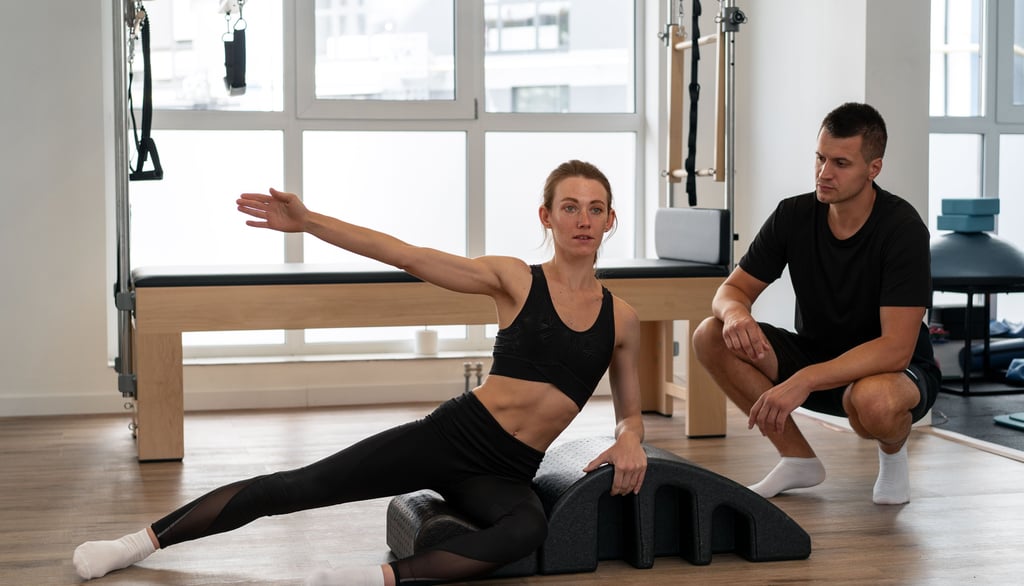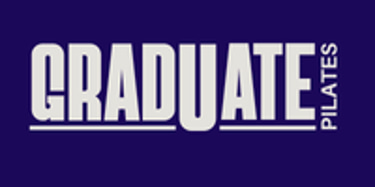How To Become a Pilates Instructor in the United States
A step by step guide on how to become a Pilates Teacher in the U.S. (Photo credit: Freepik.com)
THE BUSINESS OF PILATESPILATES FOR PILATES INSTRUCTORS / PILATES TEACHERS / FITNESS INSTRUCTORSPILATES STUDIOS
Corie Kellman
6/10/20254 min read


Photo Credit: Freepik.com
Requirements To Become a Pilates Instructor
The truth is there are no legal requirements to become a Pilates instructor in the U.S. While there are Certifications, these are not required by law to teach and are not trade licenses. Instead, the industry has been self-regulated, with most established studios requiring some level of formal training to be considered for employment a Pilates Teacher; however, it is at their own discretion to verify educational backgrounds or test practical knowledge. This is sometimes a difficult thing for many to understand.
Another way to think about a Pilates Certification is to compare it to a Marketing degree. You can technically be a Marketing Manager without a marketing degree, however it may be difficult to get hired without one and you probably won't be very good at your job without education and experience. You could technically be self-taught in Marketing and do well. Similarly, you can be a Pilates Instructor without a Pilates Certification but it may be difficult to get hired without one and you probably won't be very good at your job without the education and experience. You could technically be self-taught in Pilates and do well. Graduate Pilates does not advocate for individuals to enter the market as a Pilates professional without any training, however, aim to provide the facts.
If you are still reading, there is a high likelihood that you are interested in how to become a Certified Pilates Teacher and here is a step by step guide of a common Pilates Instructor pathway to teach Pilates in the United States.
Step 1: Understand the Job
It's important to understand that teaching Pilates is a completely different skillset than doing Pilates or studying Pilates. There are plenty of people who are amazing at doing Pilates or know a lot about Pilates but do not excel at the other skills necessary to teach Pilates.
Teaching Pilates requires knowledge of the method, as well as the ability to effectively communicate movement to an individual or group of people. Teaching also requires a high EQ--teaching Pilates is just as much of a customer service role as it is anything else.
Teaching Pilates does not mean that you get to do Pilates all day long. In fact, Pilates teachers are responsible for cueing, monitoring and correcting clients to remain responsible for the safety of the room. You may consider asking a handful of local instructors their pros and cons to understand what a day in the life may be like for you.
Learn more about what qualities make a good Pilates Instructor here.
Step 2: Choose a Training Program That Works For You
It is important to choose a Pilates training program that meets your needs. You will need to decide if you prefer a Classical or Contemporary training, as well as if you prefer to get comprehensively certified on all apparatuses or take a module approach. This will narrow down your options right away.
Then you will need to decide if you want to train in person, online or a hybrid model. Budget and time to complete the program will also come into consideration.
There are a lot of opinions on what the requirements of a program should be in order for it to be considered reputable--historically, the community put preference on comprehensive programs that were a minimum of 450 hours, however it can be debated if the number of hours directly correlate to the quality of the instructor. Do some research on which programs are preferred by studios in your area, as well as gather information on any others that meet your needs to help you make your decision.
Step 3: Begin Teaching As Soon As Possible
Start teaching as soon as you are able to. Many studios offer apprenticeships for those who are going through a training program and have met a criteria set by the studio. This allows you to start teaching real bodies in real studio settings, all while completing your training requirements. Get paid to complete your hours and gain invaluable experience. You become a better teacher by teaching, so start as soon as you can.
Step 4: Complete Your Certification and Begin Auditioning
Now that you’re certified look for opportunities to join the roster at local studios or gyms. The process typically involves an interview and audition. An audition typically involves teaching a short session to the hiring manager or a client. It is meant to showcase your practical skills as a Pilates Teacher.
Some studios will post when they are hiring; however, because instructors are in just high demand, studios are usually always accepting applications and taking auditions. If there is not an active spot available, joining studio sub lists and networking with fellow fitness professionals can also help you find teaching opportunities. Things change quickly and opportunities open up all the time with little notice.
Step 5: Build your Schedule
Building your schedule will take time and it will require patience. You may not be able to quit your day job right away and when you do, you may feel the pressure to say yes to every opportunity that comes your way in order to gain enough classes to make a living. However, it's important that you work to balance and manage your schedule as soon as you can. It is not sustainable to teach at all times of the day, every day of the week, at studios all over time.
Step 6: Keep Learning and Evolving
The fitness industry is always changing, and it’s essential to keep your skills fresh.Continuing education not only improves your skills but also enhances your credibility as an instructor. You can continue to learn and evolve through free resources and self study or choose continuing education courses and certifications to add to your resume.
While this is not the only path, it is a common one. The industry does allow flexibility to create your own destiny. If you have personal goals and ambitions and want to talk about them with a trusted advisor, Graduate Pilates offers mentorship. A free 15-minute intro call is available and you can decide to take any future meetings as needed or recurring in 30 minute or 1 hour increments. Check out more here.
PS: Download this free resource!
You got this! Good luck!
CONTACT US
© GRADUATE PILATES, LLC. 2025.
All rights reserved.
